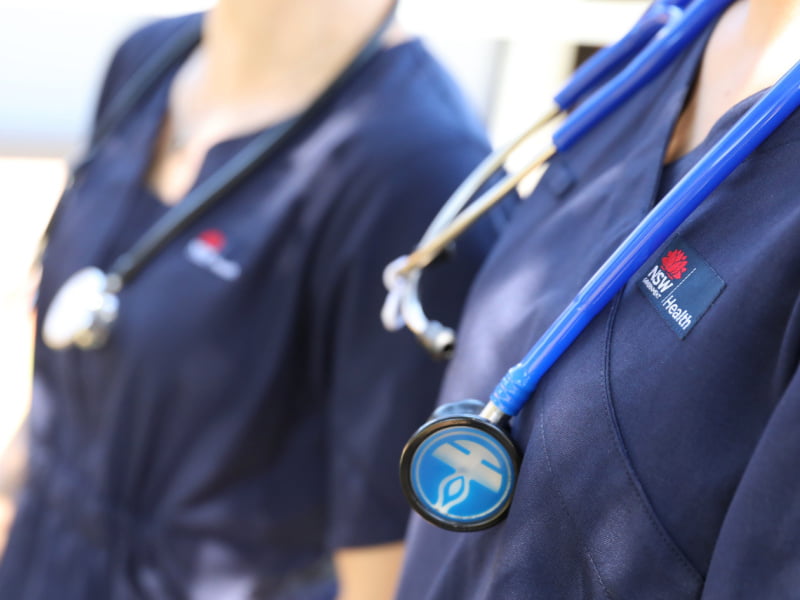A virtual reality training program will be rolled out across dozens of hospitals in New South Wales to provide hands-on experience to emergency department nurses responding to people presenting with stroke.
NSW Health minister Ryan Park launched the stroke virtual reality (VR) training program on Tuesday, naming the 27 hospitals in mostly regional and rural centres that are set to benefit from the technology.
Developed by the NSW Agency for Clinical Innovation and the Centre for Advanced Training Systems at the University of Newcastle, the program will enable nurses to train in a realistic environment without real-world risks by using a VR headset.

The training will require nurses to gather information and make treatment decisions from the time a patient arrives at the hospital through to treatment. Feedback is also provided in real-time to address incorrect decisions.
The same VR platform is already used to provide training for the Telestroke Service. Telestroke provides virtual access to specialist physicians for stroke diagnosis and treatment in rural and regional hospitals.
The program will be run out of all nine regional local health districts (LHDs) in NSW, with 21 of the 27 hospitals located in major rural and regional centres like Tweed Heads, Coffs Harbour, Wagga Wagga, Albury, Port Macquarie, Tamworth, Dubbo and Orange.
A further four hospitals in Sydney – Royal Price Alfred, Price of Wales, St Vincent’s and Royal North Shore – will take part in the program. Two hospitals in the Nepean Blue Mountains LHD (Blue Mountains and Lithgow) will also take part.
No hospitals in the Western Sydney or South Western Sydney LHDs have initially been identified to take part in the program.
Launching the program at Royal North Shore Hospital on Tuesday, Mr Park said that the 27 VR headsets that have been distributed to hospitals that would help nurses to respond to patients presenting with a stroke.
“Stroke is a time-critical medical emergency and this technology will help to improve outcomes for people presenting with stroke. Fast response and treatment of stroke is vital to saving lives and improving recovery,” he said.
“By simulating a real-time scenario, this training will give emergency nurses practise in how to handle those first critical minutes.”
NSW Health clinical innovation and research deputy secretary and chief executive of the NSW Agency for Clinical Innovation, Dr Jean-Frédéric Levesque, said the technology would be particularly important in regional areas.
“VR training gives patients and nurses access to best-practice stroke care, especially in regional areas where a local hospital does not receive the same volume of stroke patients as its city counterparts,” Dr Levesque said.
“This new training program complements the successful NSW Telestroke Service, which uses video consultation to provide people living in rural and regional NSW with rapid access to specialist stroke diagnoses and treatment.
Do you know more? Contact James Riley via Email.

